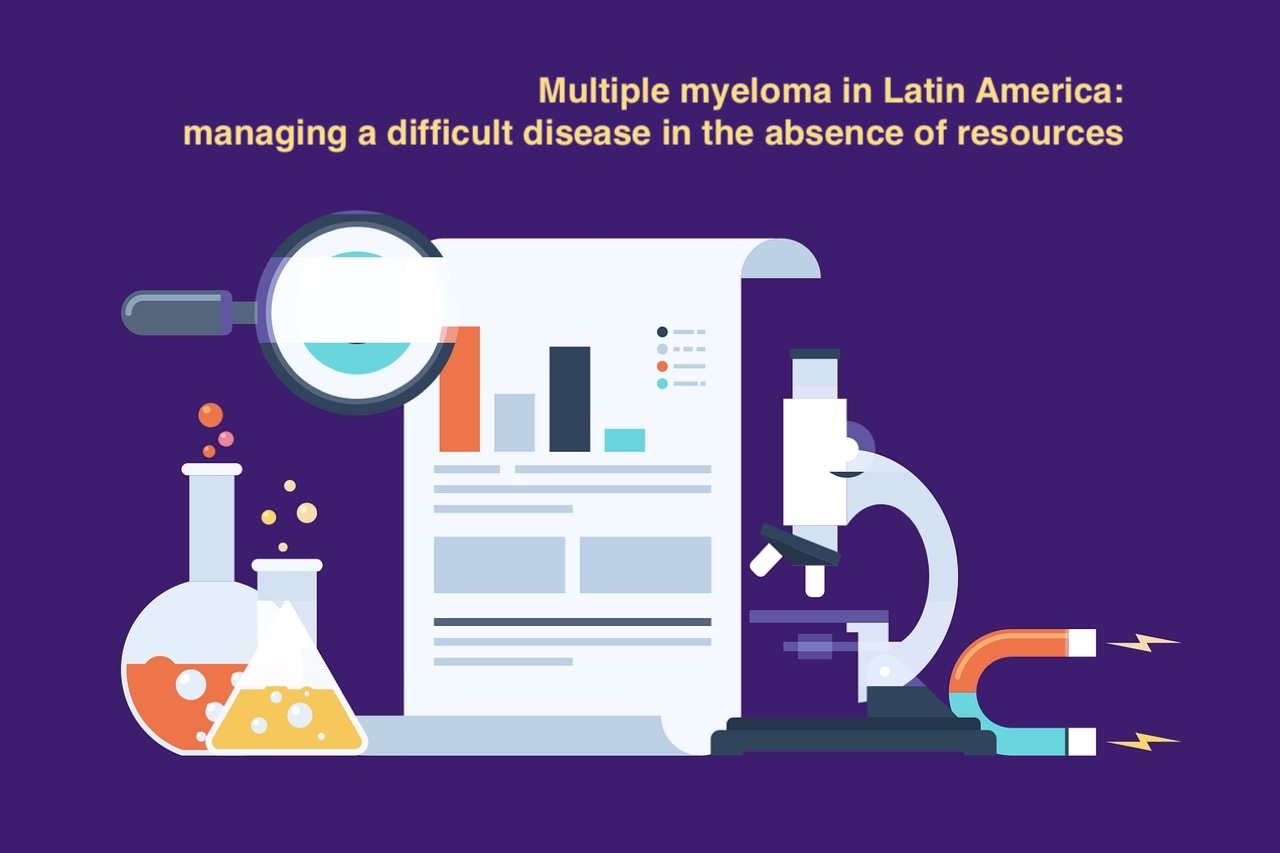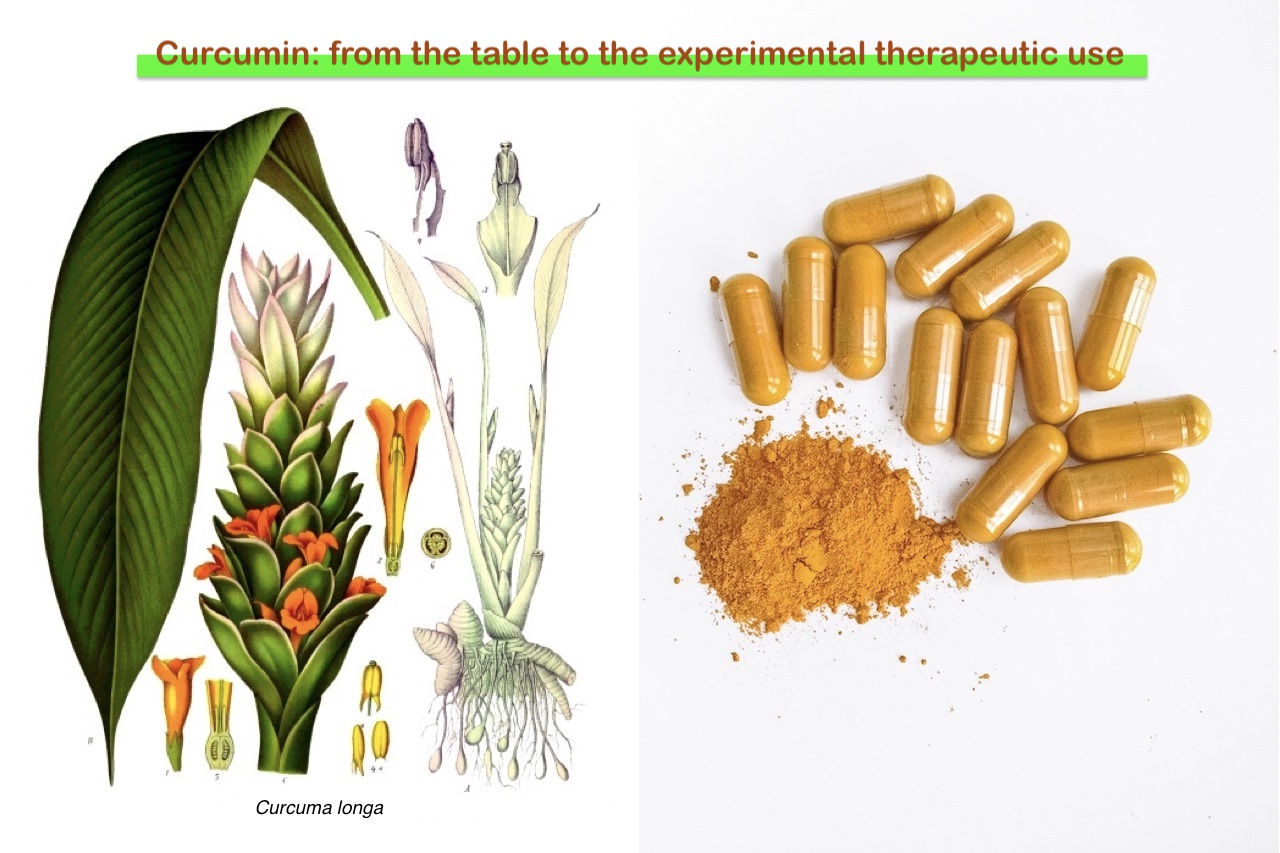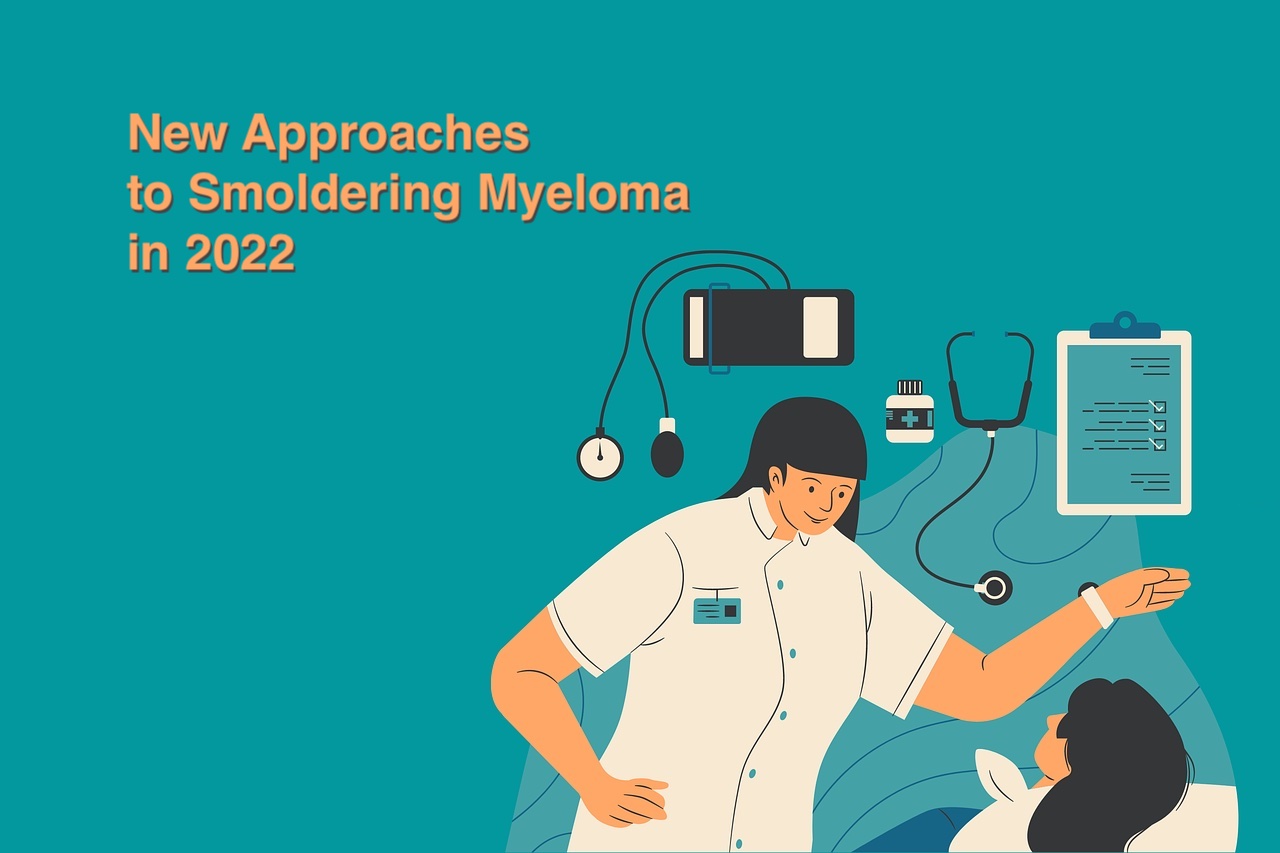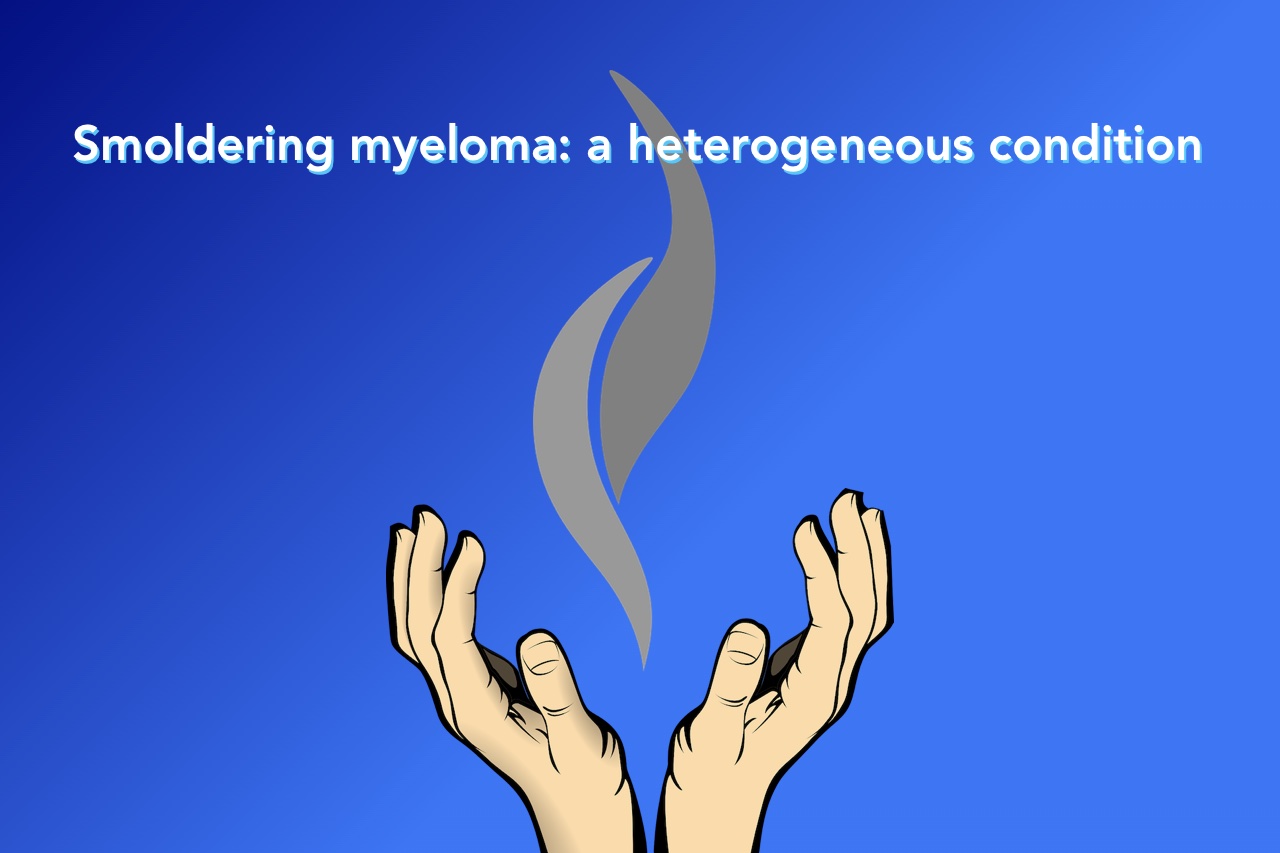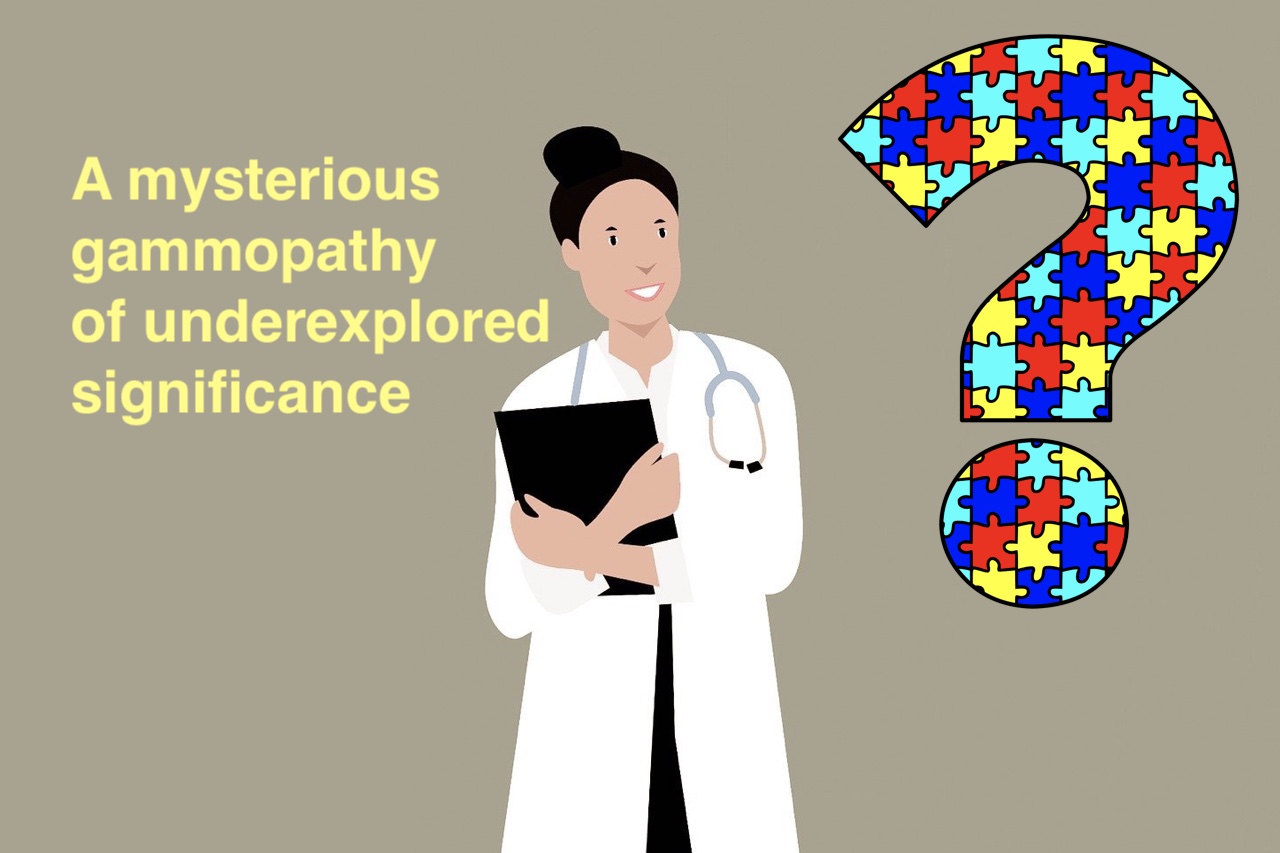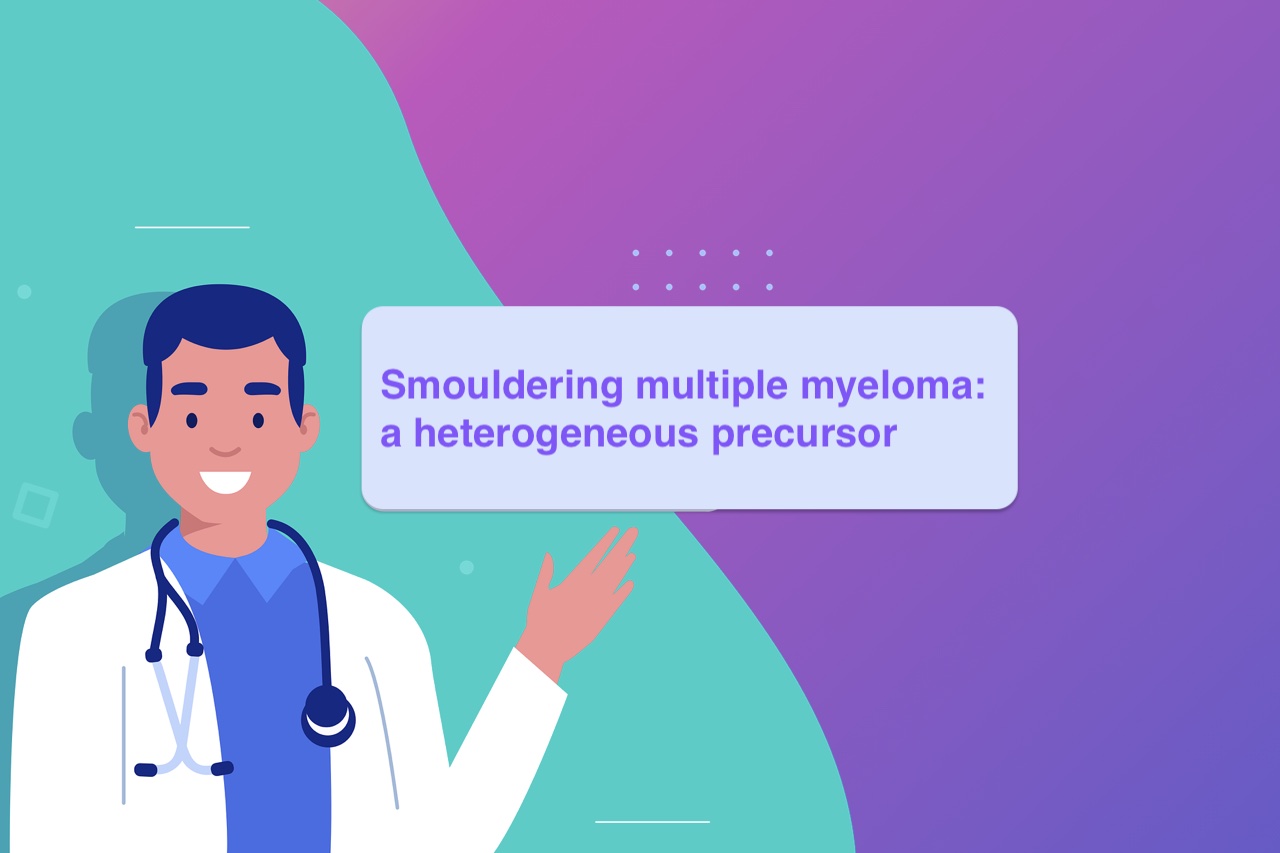Major changes have occurred in multiple myeloma treatment: this is related to recent advances in diagnostic criteria, classification of risks that patients might have, and new available drugs.
Today I would like to describe the first part of a really interesting article, written by Dr Rajkumar and Kumar and published in September 2020 on Blood Cancer Journal. (1)
In my opinion it is very interesting to evaluate the different options of treatment for multiple myeloma patients nowadays.
The first three steps facing a multiple myeloma
First step: the diagnosis of multiple myeloma
In this phase it is necessary to understand how many plasma cells there are in the bone marrow: they are normally less than 5%. If bone marrow plasma cells are more than 10%, you will be in a situation to evaluate carefully.
For the diagnosis it is also necessary to evaluate if there are other dangerous situations, which can be very unpleasant for patients but can alert doctors to find myeloma. These situations are called myeloma defining events. (2)
Here are some examples. Is there anaemia? A high blood calcium level? Do kidneys work not very well? Are there bone fractures?
To understand that a blood sample is necessary and a technique to evaluate if bones are damaged, such as CT, PET-CT or MRI.
Second step: the evaluation of the risk
Thanks to the evaluation on the bone marrow, doctors can predict the illness trend: is there a quiet myeloma, a quite aggressive myeloma or a really aggressive myeloma? In laboratory it is possible to evaluate the DNA of patients by the so-called cytogenetics techniques. (3)
Nowadays it is really important to evaluate that because it could modify the response to therapy!
Third step: Choosing a treatment option
In this phase the role of the patient is very important: he should actively take part in the medical decisions! Sure enough you have a lot of drugs and treatment options today.
Which treatment for patients with a first diagnosis of multiple myeloma?
Two things are to evaluate for a good choice:
1)The evaluation of the risk: is myeloma quiet or aggressive? It is possible to respond thanks to the DNA study by cytogenetics (see above).
2) Can patients get a transplantation of stem cells? It depends on the age of the patients, their general status and their other medical diseases.
If patients can receive a transplantation …
For these patients four phases are necessary: (1) an induction therapy, (2) the stem cell harvest, (3) the true transplantation, (4) a maintenance therapy.
If DNA studies by cytogenetics show a so-called standard risk, the true transplantation (phase three) can be delayed (for example, until the illness becomes more aggressive).
Induction therapy
In this phase a combination of more drugs is preferred. According to the authors the best strategy for these patients is based on three drugs: Bortezomib (Velcade®), Lenalidomide (Revlimid®) and dexamethasone. Scientists have called it simply VRd.
Alternatively to Bortezomib (e.g. intolerance to it, Bortezomib caused peripheral neuropathy), Daratumumab could be used: so the combination of tree drugs becomes: Daratumumab, Lenalidomide, and dexamethasone (the so-called DRd). However, due to the overall costs of Daratumumab and other technical inconvenience, it should be preferable to use Bortezomib (obviously if possible). (4)
Alternatively to Lenalidomide, the authors suggest the use of Thalidomide, for example in countries where lenalidomide is not approved for frontline therapy. Instead of Lenalidomide, the drug Cyclophosphamide can be used in specific situations, such as the presence of an acute renal failure at the moment of the diagnosis. (5)
From the stem cell harvest to the true transplantation
The early use of ASCT is preferred. However, in patients who are classified standard-risk during the cytogenetics , the transplantation can be delayed until first myeloma flareup (the so-called relapse). It depends primarily on the patients’ choice. The preferred drug used in this phase is Melphalan (as conditioning regimen, at the dose of 200 mg/m2).
Stem cell transplantation has a mortality of 1-2% and a risk of other haematological diseases, such as myelodysplastic syndrome and acute leukaemia. However, it is actually a convenient option for some patients in terms of improvement of overall survival and others parameters.
Maintenance therapy
The use of Lenalidomide (Revlimid®) is the most recommended maintenance therapy for most patients. For example in patients who have decided to delay their transplantation but have already received an induction therapy. Unfortunately there is an increased risk of developing myelodysplastic syndrome for maintenance treatment with Lenalidomide. It is so important that the patient speaks with his doctor about this risk. (6)
For patients with a high-risk myeloma at the cytogenetics, the authors suggest a maintenance therapy with Bortezomib (Velcade®). (7)
About the optimal duration of a maintenance therapy it is important to explain that a long-term maintenance therapy is associated with hight cost for the public health system and elevated toxicity for patients. On the basis of that, the authors think that a drug-free period would be optimal for patients in this phase.
If patients cannot receive a transplantation …
In patients who cannot receive a transplantation, the useful initial options for the therapy are two:
- The use of the triple drugs combination Bortezomib (Velcade®), Lenalidomide(Revlimid®), and dexamethasone (VRd)
- The use of Daratumumab, Lenalidomide (Revlimid®), and dexamethasone (DRd).
However, we should consider that the schema with Daratumumab (DRd) presents a longer duration than the schema with Bortezomib (VRd), so it is more expensive and difficult to manage. Thus, in clinical practice the schema VRd is often preferred (compared to DRd). (8)
Differently from patients who can receive a stem cell transplantation, in these patients the use of the drug Melphalan is not convenient, due to its risk to generate other haematological problems, such as the so-called myelodysplastic syndrome.
Collateral effects of anti-myeloma drugs
These drugs have shown very good results in clinical studies and on patients.
However, it is necessary to be careful with them: they can hide collateral effects, which are to be prevented!
Bortezomib can show a significant risk of peripheral neuropathy. Two strategies have been proposed to minimize the risk: the subcutaneous administration of Bortezomib and its use in a once-weekly schedule. For these patients the authors also recommend a prophylaxis against Herpes zoster infections. (9)
Lenalidomide can cause deep vein thrombosis and pulmonary embolism; to avoid it, a good prophylaxis is necessary, for example with aspirin.
Dexamethasone can cause an infection caused by Pneumocystis jiroveci: to avoid it, a prophylaxis is important. To prevent infections the authors also recommend the daily use of the antibiotic levofloxacin for the first two cycles of therapy in all patients with newly diagnosed myeloma.
Bibliography
(1) Multiple myeloma current treatment algorithms – PubMed (nih.gov)
(2) Rajkumar, S. V. et al. International Myeloma Working Group updated criteria for the diagnosis of multiple myeloma. Lancet Oncol. 15, e538–e548 (2014).
(3) Kumar, S. & Rajkumar, S. V. The multiple myelomas—current concepts in cytogenetic classification and therapy. Nat. Rev. Clin. Oncol. 15, 409–21 (2018).
(4) Kapoor, P. & Rajkumar, S. V. MAIA under the microscope—bringing trial design into focus. Nat. Rev. Clin. Oncol. 16, 339–40 (2019)
(5) Burnette, B. L., Leung, N. & Rajkumar, S. V. Renal improvement in myeloma with bortezomib plus plasma exchange. N. Engl. J. Med. 364, 2365–2366 (2011)
(6) Attal, M. et al. Lenalidomide maintenance after stem-cell transplantation for multiple myeloma. N. Engl. J. Med. 366, 1782–1791 (2012).
(7) Nooka, A. K. et al. Consolidation and maintenance therapy with lenalidomide, bortezomib and dexamethasone (RVD) in high-risk myeloma patients. Leukemia 28, 690–693 (2014).
(8) Sonneveld, P. et al. Bortezomib induction and maintenance treatment in patients with newly diagnosed multiple myeloma: results of the randomized phase III HOVON-65/ GMMG-HD4 trial. J. Clin. Oncol. 30, 2946–2955 (2012).
(9) Moreau, P. et al. Subcutaneous versus intravenous administration of bortezomib in patients with relapsed multiple myeloma: a randomised, phase 3, non-inferiority study. Lancet Oncol. 12, 431–40 (2011).

